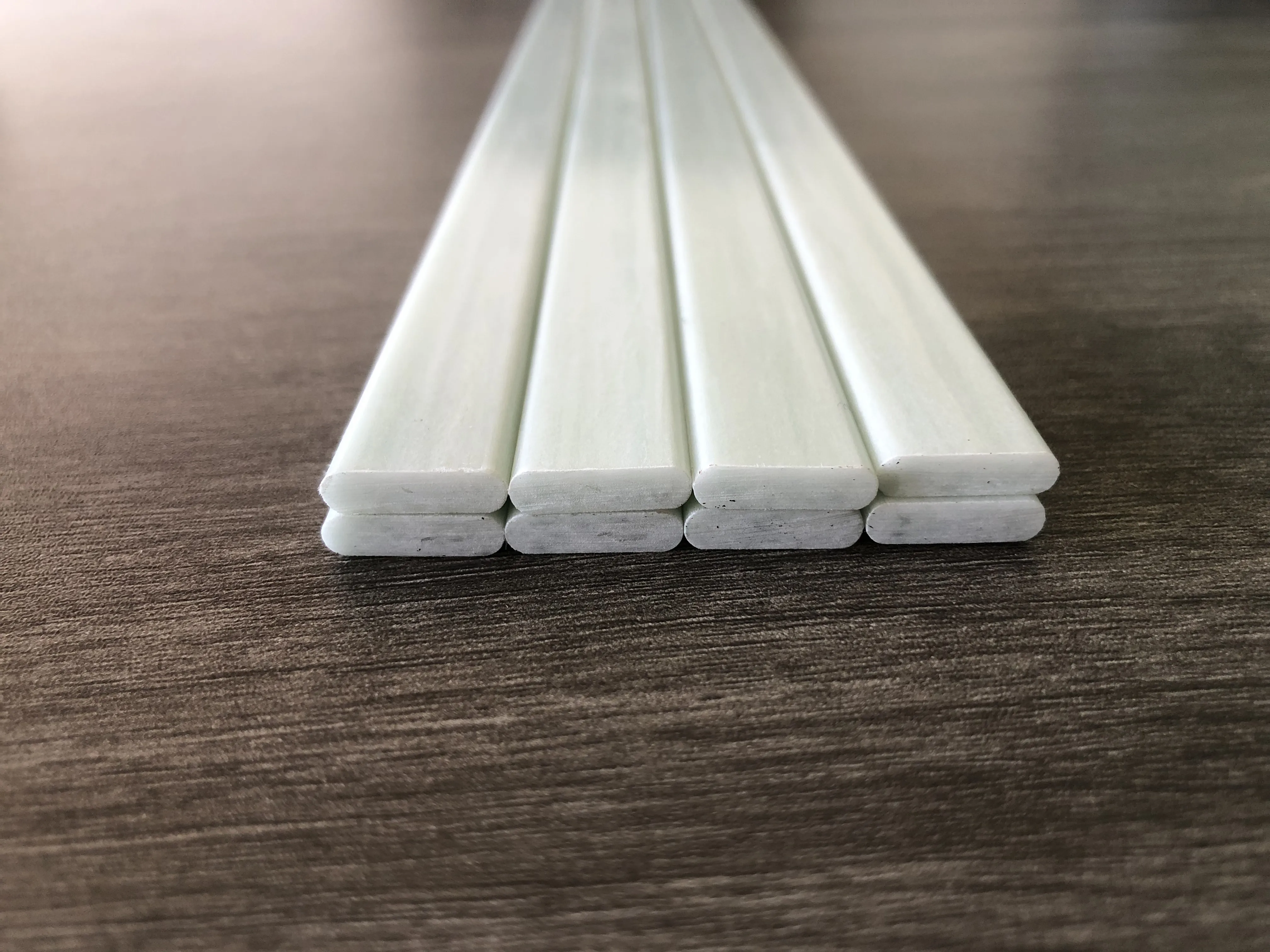loading...
- No. 9, Xingyuan South Street, Dongwaihuan Road, Zaoqiang County, Hengshui, Hebei, China
- admin@zjcomposites.com
- +86 15097380338
- Welcome to visit our website!
Exploring the Benefits and Applications of FRP Flat Bars in Construction and Design
Understanding FRP Flat Bars A Versatile Material for Modern Applications
Fiber Reinforced Polymer (FRP) flat bars have become an essential component in various industries due to their remarkable strength-to-weight ratio, corrosion resistance, and flexibility in design. The advent of FRP materials has revolutionized engineering and construction processes, offering sustainable alternatives to traditional materials like steel and aluminum.
What is FRP?
FRP is a composite material made from a polymer matrix reinforced with fibers. These fibers can be made from glass, carbon, aramid, or natural sources, providing a range of properties tailored to specific applications. When combined with a polymer resin, these fibers create a lightweight yet incredibly strong material. FRP flat bars are produced in various sizes and specifications, making them suitable for diverse engineering needs.
Unique Properties of FRP Flat Bars
1. Corrosion Resistance One of the most appealing properties of FRP flat bars is their resistance to corrosion. Unlike metal, FRP does not rust or degrade when exposed to harsh environmental conditions, chemicals, or saline environments. This property makes FRP flat bars an excellent choice for applications in coastal areas, wastewater treatment plants, and chemical processing facilities.
2. High Strength-to-Weight Ratio FRP flat bars offer a superior strength-to-weight ratio compared to traditional materials. This means that they can withstand significant loads without adding unnecessary weight to a structure. As a result, engineers can design lighter and more efficient structures that are easier to transport and install.
3. Design Flexibility FRP flat bars can be manufactured in various shapes, sizes, and colors, allowing for high design flexibility. This adaptability makes them a preferred choice in architectural applications, where aesthetic considerations are as important as functional ones.
4. Thermal and Electrical Insulation FRP materials are excellent insulators, making FRP flat bars suitable for applications that require thermal and electrical insulation. This characteristic is particularly beneficial in construction, electrical enclosures, and other environments where safety and energy efficiency are paramount.
frp flat bar

Applications of FRP Flat Bars
FRP flat bars are utilized in numerous industries, reflecting their versatility and reliability. Here are some key applications
- Construction and Infrastructure FRP flat bars are increasingly used in construction for bridges, walkways, and buildings, especially in environments prone to corrosion. They offer a lightweight alternative to traditional steel reinforcements, improving the durability and lifespan of structures.
- Marine Applications The marine environment is particularly corrosive, making FRP an ideal choice for boat components, docks, and marina structures. FRP flat bars can withstand constant exposure to water and salt, ensuring long-lasting performance.
- Utilities and Energy In the utilities sector, FRP flat bars are employed in the construction of platforms, ladders, and grating systems used in power plants and water treatment facilities. Their resistance to chemicals and fire enhances safety and operational efficiency.
- Transportation In the transportation sector, FRP flat bars are utilized in the construction of lightweight vehicle components, contributing to better fuel efficiency and reduced emissions.
Conclusion
The adoption of FRP flat bars represents a significant advancement in material science and engineering. With their impressive properties and extensive applications, FRP flat bars provide solutions that enhance performance, reduce maintenance costs, and provide environmental benefits. As technology continues to evolve and industries seek sustainable practices, the relevance of FRP materials, including flat bars, is poised to grow, shaping the future of construction and manufacturing. Whether in transportation, construction, or any other field, FRP flat bars stand out as a transformative material that meets the demands of modern engineering challenges.
-
Transform Your Spaces with FRP Grating SolutionsNewsNov.04,2024
-
The Versatility and Strength of FRP RodsNewsNov.04,2024
-
The Excellence of Fiberglass Water TanksNewsNov.04,2024
-
The Benefits of FRP Grating for Your ProjectsNewsNov.04,2024
-
Elevate Your Efficiency with FRP Pressure VesselsNewsNov.04,2024
-
Welcome to the World of FRP Pressure VesselsNewsOct.12,2024
-
Unveiling the Future of Filtration: Why FRP Filter Vessels are a Game ChangerNewsOct.12,2024
